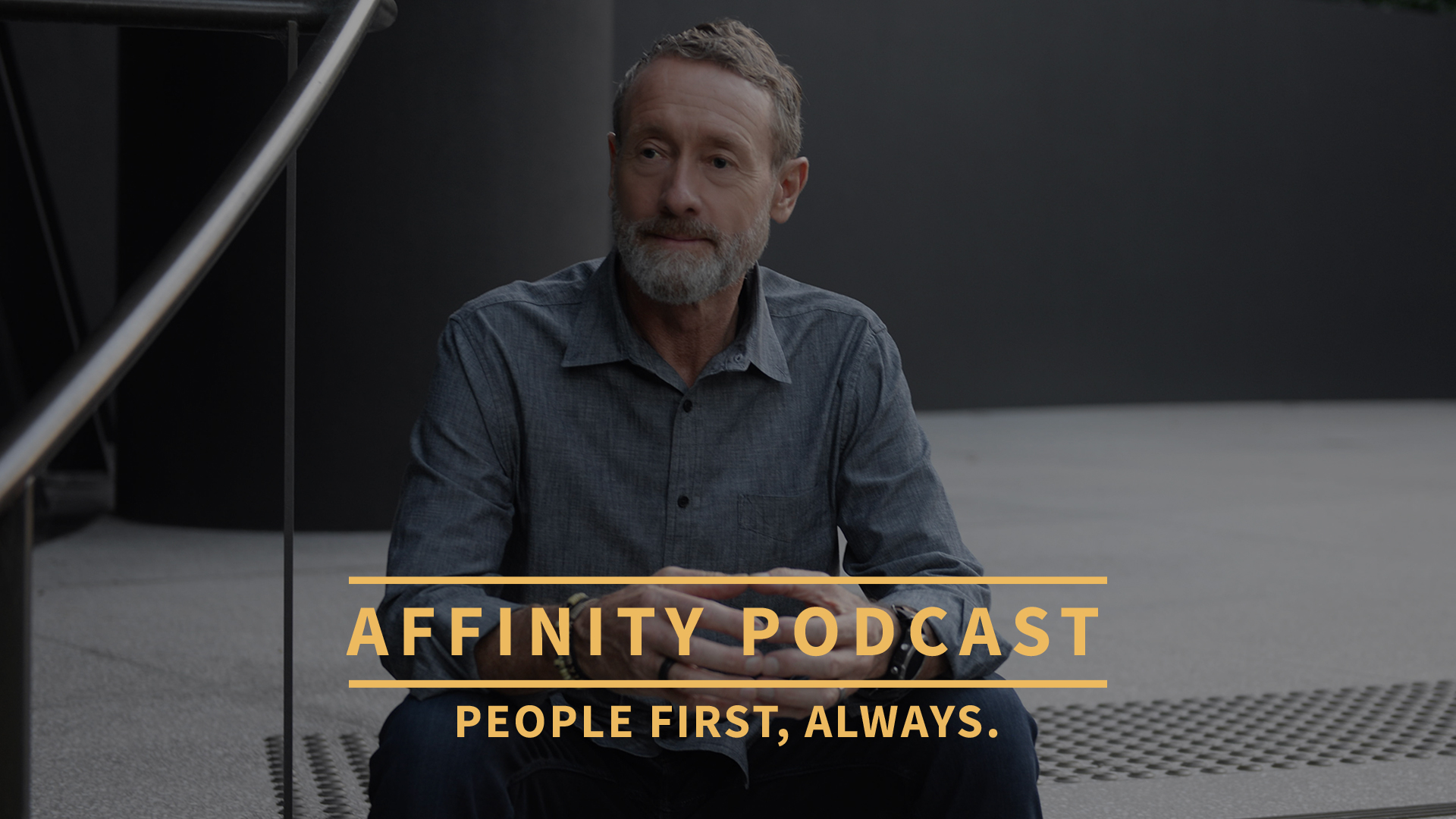The Art of Mindful Communication: How it Transformed My Leadership Style


Grant Ian Gamble is a best-selling mindful leadership author and speaker. He has over 30 years of experience in leading teams to create innovative customer experiences, building engaged workforces, and developing leaders who prioritize mindfulness in their approach.
57% of team members report not being given clear directions and 69% of managers are not comfortable communicating with their team members in general. This underscores the need for better communication in the workplace.
Even though it’s been several decades, I’ll never forget the first time I truly recognized and leveraged mindful communication. It was mid-week and the office was humming with people engrossed in their work. I was sitting in my office, going through a seemingly never ending stream of emails.
My focus was interrupted by a knock on the door, and in walked Sarah, one of my team leads. Her face was etched with frustration, and her usual spark seemed to be missing.
She was struggling with a challenging customer who was unhappy with how we had handled a situation, and this was not the first time she had had this feedback. It was taking a toll on her.
Before my journey into mindful communication, I would have probably advised her to stay professional, do her best to fix the issue, and move on. But that day, I chose a different approach. I took a deep breath, cleared my mind of distractions, and focused my entire attention on Sarah. I listened – really listened – to her concerns, her stress, and her frustrations. And instead of jumping in with solutions, I asked her how she thought we could improve the situation.
This simple act of mindful communication – of being fully present and genuinely listening – created a more powerful dialogue between us. Together, we came up with a plan not only to handle the disgruntled customer but also to prevent similar situations in the future. The change in Sarah was immediate; the lines of stress eased, replaced by determination and renewed energy.
I began to implement mindful communication in all my interactions. I noticed that when I removed distractions and made a conscious effort to be fully present and listen, people responded positively. They felt heard, valued, and were more open to give and receive feedback. This had a profound impact on both team member engagement and customer satisfaction.
Among the many thousands of mindful communications that ensued, I remember another interaction that stood out. A long-standing corporate customer had reached out to say that they were seriously considering taking their business elsewhere. I scheduled a call with them and approached it mindfully. I actively listened to their frustrations, restated their concerns, acknowledged their dissatisfaction, and demonstrated a genuine commitment to resolving the underlying issues that were making them consider taking their business elsewhere.
This mindful approach turned the conversation around, and not only did we retain the business, but our relationship became significantly stronger as a result of this exchange.
Embracing mindful communication transformed my leadership style. It made me more approachable, improved my relationships with my team and our members and customers, and led to more effective and positive outcomes.
If you’re looking to improve your leadership communication style, here are some actionable steps:
1. Be Fully Present: When interacting with your team, members or customers, clear your mind of distractions and focus entirely on the person and the conversation.
2. Listen Actively: Instead of forming your response, while they talk, truly listen to what the other person is saying. Understand their perspective and emotions.
3. Show Empathy: Acknowledge the feelings and concerns of the other person. Empathy can build strong, trust-based relationships.
4. Ask Open-Ended Questions: Encourage dialogue by asking questions that require more than a yes or no answer. It shows your interest and can lead to deeper understanding.
5. Respond Mindfully: Consider your words carefully. Make sure they are honest, helpful, and respectful.
56% of team members believe that they would perform better if their bosses communicated more clearly. This highlights the role that communication plays in team member performance.
This commitment to mindful communications was a part of the inspiration for the development of Affinity OS. This powerful AI-driven platform is first and foremost a communication platform that allows you to fruitfully engage with your team, and for your team to consciously engage with your members/customers.
Incorporating mindful communication into your leadership approach can take time and practice, but the results are worth it. It has the potential to transform not just you as a leader, but your entire organization.
Companies with leaders who possess effective communication skills produce a 47% higher return to shareholders over a five-year period. This statistic illustrates the financial benefits of effective leadership communication.
AFFINITY Podcast Episode 5 | Unlocking Leadership Excellence: The Essential Guide to Mastering Communication and Inspiring Your Team

Put PEOPLE FIRST, ALWAYS and watch your business flourish.
Dive deep into the latest trends in customer experience and team engagement, mindful leadership and management. Discover practical tools and strategies that you can use to build a people-centric culture, the foundation for sustainable long-term business growth and success.
Led by mindful leadership expert, Grant Ian Gamble, a best-selling author and true visionary with over 30 years of experience in leading teams to create innovative customer experiences, building engaged, inspired and fulfilled workforces, and developing leaders who prioritize genuine connection in their approach.
The guiding principle behind all of Grant’s work is PEOPLE FIRST, ALWAYS.
More Articles:
9 Trends Shaping the Workplace in 2023: How Leaders Can Become Employers of Choice in a Competitive Talent Landscape
The workplace landscape has shifted dramatically over the past two years. The COVID-19 pandemic has forced businesses to adapt to remote work and hybrid models, and team members have been feeling the effects of burnout more than ever before. In 2022, business leaders were faced with unprecedented challenges, and 2023 is no different. However, how organizations respond to these challenges could determine whether they become an employer of choice.
Overcoming Burnout and Building Resilience: Strategies to Help Prevent Burnout and Help You and Your Team Thrive in a Fast-Paced World
In this article, I’ll share some of the strategies and tools that I’ve used to help prevent burnout in myself and my team, and how you can apply them to your own leadership style.
Burnout is a pervasive issue that affects many people in today’s fast-paced world. It is a state of chronic stress that occurs when we experience prolonged periods of exhaustion, cynicism, and detachment from our work or personal lives. According to productivity expert Chris Bailey, burnout can be described as a “diminishing returns problem,” where we become less productive and efficient as we work longer and harder.
The Office is Where Your Laptop Is
Similarly to the migration of retail to online, COVID has provoked a transition of thinking about where team members actually need to physically be in order to do their job well.
As we adjust our perceptions of what work looks like post COVID, there exists a gulf between what was and what will be when it comes to office geography. Companies have already begun divesting themselves of offices and buildings they formally saw as essential in order to house their workforce. Conference rooms lie dormant and have been replaced by Zoom calls. The office phone system has similarly been replaced by cell phones, text messages and FaceTime.
Fill out the form below and receive a PDF download of "6 Key Strategies to Engage Untapped Fitness and Wellness Market Segments"
Let's Connect!
CUSTOMER EXPERIENCE, TEAM ENGAGEMENT & WORKPLACE WELL-BEING: AFFINITY OS™ | WELLNESS INTEGRATION | MINDFUL LEADERSHIP: "THE AFFINITY PRINCIPLE"
0475 866 592

The Affinity Principle™ by Grant Gamble presents a formula for business success through a people-centric, mindful leadership approach.
PEOPLE FIRST, ALWAYS.








